A wood mirror can be more than just a functional household item—a striking decor piece, a conversation starter, or even a family heirloom. However, over time, the wooden frame can lose its luster due to wear and tear, exposure to sunlight, or changes in humidity. The good news? You don't need to say goodbye to its beauty! Restoring the finish on a wood mirror is a manageable DIY project that can breathe new life into your home decor.
- Introduction
- Benefits of Restoring a Wood Mirror
- Common Issues with Wood Mirrors
- Step-by-Step Guide to Restore the Finish on Your Wood Mirror
- Tips for Maintaining Your Restored Wood Mirror
If you're eager to salvage your cherished wood mirror but are unsure how to begin, this guide has you covered. Let's walk through everything you need to know about restoring the finish on a wood mirror.
Why Restore a Wood Mirror?
Wood mirrors are timeless. Whether they're antiques, hand-me-downs, or modern pieces, they add warmth and character to any room. However, neglecting minor damages like scratches, dullness, or fading can lead to more significant, irreversible issues. Restoring your mirror now retains its charm and adds value to your space—without requiring you to buy a new one.
Restoring that finish isn't just about appearance. It's about preserving history or elevating your home's aesthetics. Restoring wood surfaces can be immensely satisfying and stress-relieving (seriously, there's something therapeutic about bringing an object back to life!).
What You'll Need Before Starting
Materials:
· Fine-grit sandpaper (200+ grit)
· Wood cleaner or mild dish soap
· Soft cloth or microfiber cloth
· Wood stain or finish of your choice
· Wood conditioner
· Wood polish or beeswax
· Paintbrush or lint-free rags
· Painter's tape (to protect the mirror glass)
Optional Tools:
· Tack cloth
· Detailing brush for intricate designs
· Chemical stripper (for mirrors with heavy damage)
Step-by-Step Guide to Restore the Finish on Your Wood Mirror

Step 1. Assess the Condition of the Frame
First, take a close look at the mirror frame to determine its condition. Is it dull? Scratched? Cracked? If the damages are surface-level scratches or fading, you’ll likely only need cleaning, light sanding, and refinishing. However, if the wood is chipped or cracked, you'll need to fill and repair these areas before moving forward.
This step helps you decide how much effort the restoration will take.
Step 2. Clean the Frame
Start by cleaning the wood frame carefully. Dust, dirt, and grease can accumulate over time, which can interfere with sanding and staining. Use a soft cloth dampened with wood cleaner or a mix of mild dish soap and water. Avoid soaking the wood, as excess water can cause warping.
For ornate frames, use a soft brush or an old toothbrush to clean into nooks and intricate carvings. Make sure the frame is completely dry before moving on.
Step 3. Sand Away Imperfections
Once cleaned and dried, sanding is the next step. Using fine-grit sandpaper (200- to 400-grit works well), gently sand the wood to remove surface scratches, stains, and old finish. Always sand in the direction of the wood grain to avoid creating new scratches.
For delicate or antique frames, take extra care not to over-sand, as you could harm the intricate details or thin veneer. Use a tack cloth afterward to wipe away dust from sanding.
Hot tip: If sanding reveals a lighter shade than the rest of the frame, don’t worry—it’ll even out when you add the stain or conditioner.
Step 4. Protect the Mirror Glass
Before staining or sealing, use painter’s tape to protect the edges of the mirror glass. You don’t want accidental stains or polish smudges ruining your hard work. This careful step saves you the frustration of cleanup later.
Step 5. Apply Wood Conditioner
If you’re working with a bare wood frame or one with uneven coloring, it’s crucial to use a pre-stain wood conditioner. This ensures an even application of wood stain and prevents blotchiness.
To apply, use a clean cloth or brush to coat the frame evenly. Allow the conditioner to penetrate the wood for about 10-15 minutes, then wipe off any excess with a clean cloth.
Step 6. Add Color with Wood Stain (Optional)
Want to deepen the color or bring out the natural patterns of the wood? Apply a wood stain in your desired shade. Use a lint-free rag or brush to evenly spread the stain across the frame, following the grain. Wipe away excess stain after a few minutes to ensure a smooth finish.
Stains are available in a variety of shades—from natural oak to deep mahogany. Choose one that complements the room where your mirror lives!
Remember: Test your stain on an inconspicuous area first to ensure you love the color.
Step 7. Seal and Protect with Finish
To lock in your hard work, apply a protective finish like polyurethane, shellac, or lacquer. These finishes protect the wood from future damage while enhancing its shine. For an elegant, soft glow, you could even opt for furniture-grade beeswax or oil.
Use a clean brush or cloth to apply the finish in thin, even layers. Allow each layer to dry completely before applying another. Typically, two to three coats will do the job. For intricate frames, opt for a spray-on lacquer for even coverage.
Step 8. Polish to Perfection
Once the protective finish has dried, use wood polish or beeswax to enhance the natural beauty of the wood. Simply buff it with a clean, soft cloth until the surface feels smooth and gleams.
Step 9. Show It Off!
Reattach the mirror (if removed) and clean the glass with a streak-free cleaner. Then find the perfect spot in your home to display your restored masterpiece proudly.
How to Maintain Your Wood Mirror’s Finish
With your wood mirror looking brand new, you’ll want to keep it that way. Here are some tips for ongoing care:
· Dust Regularly: Use a soft microfiber cloth to keep dust from dulling the wood’s finish.
· Avoid Sunlight and Moisture: Place the mirror away from direct sunlight and high-humidity areas.
· Use Gentle Cleaners: When cleaning, avoid harsh chemicals that can strip the finish.
· Polish Periodically: Apply wood polish or beeswax once every few months to maintain its shine and protection.
Why Restoring Your Wood Mirror Adds Value
By restoring a wood mirror yourself, you’re not only saving money but also preserving a piece of history or elevating the aesthetics of your home. This small effort can have a significant impact—whether it’s reviving a family heirloom or matching your existing decor.
At Wellfor, we believe in celebrating the beauty of wood furniture and decor. Explore our collection of stunning wooden pieces to pair with your freshly restored mirror—or start a whole new project!
Want more tips and tricks for your DIY furniture restoration projects? Visit our blog for expert-backed advice.
Start restoring now, and see the beauty of wood mirrors shine brighter than ever!

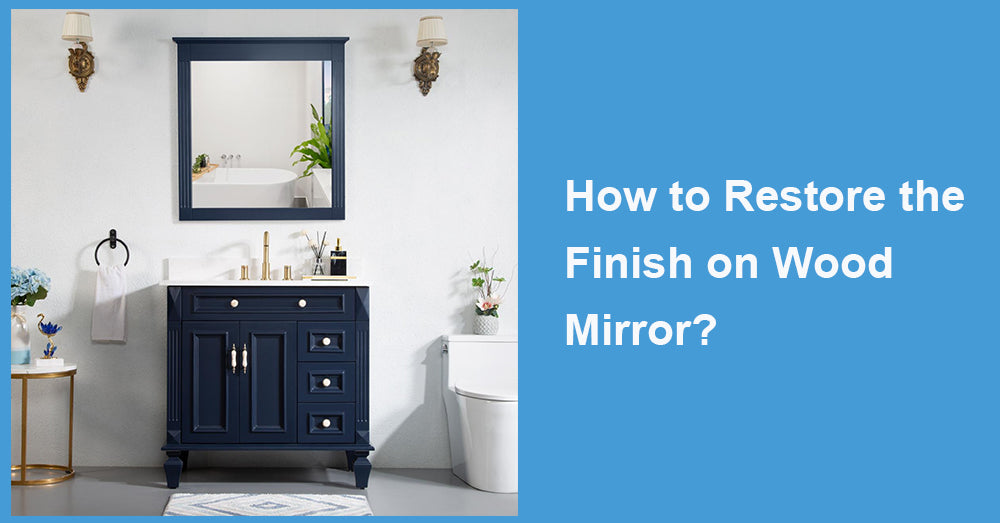


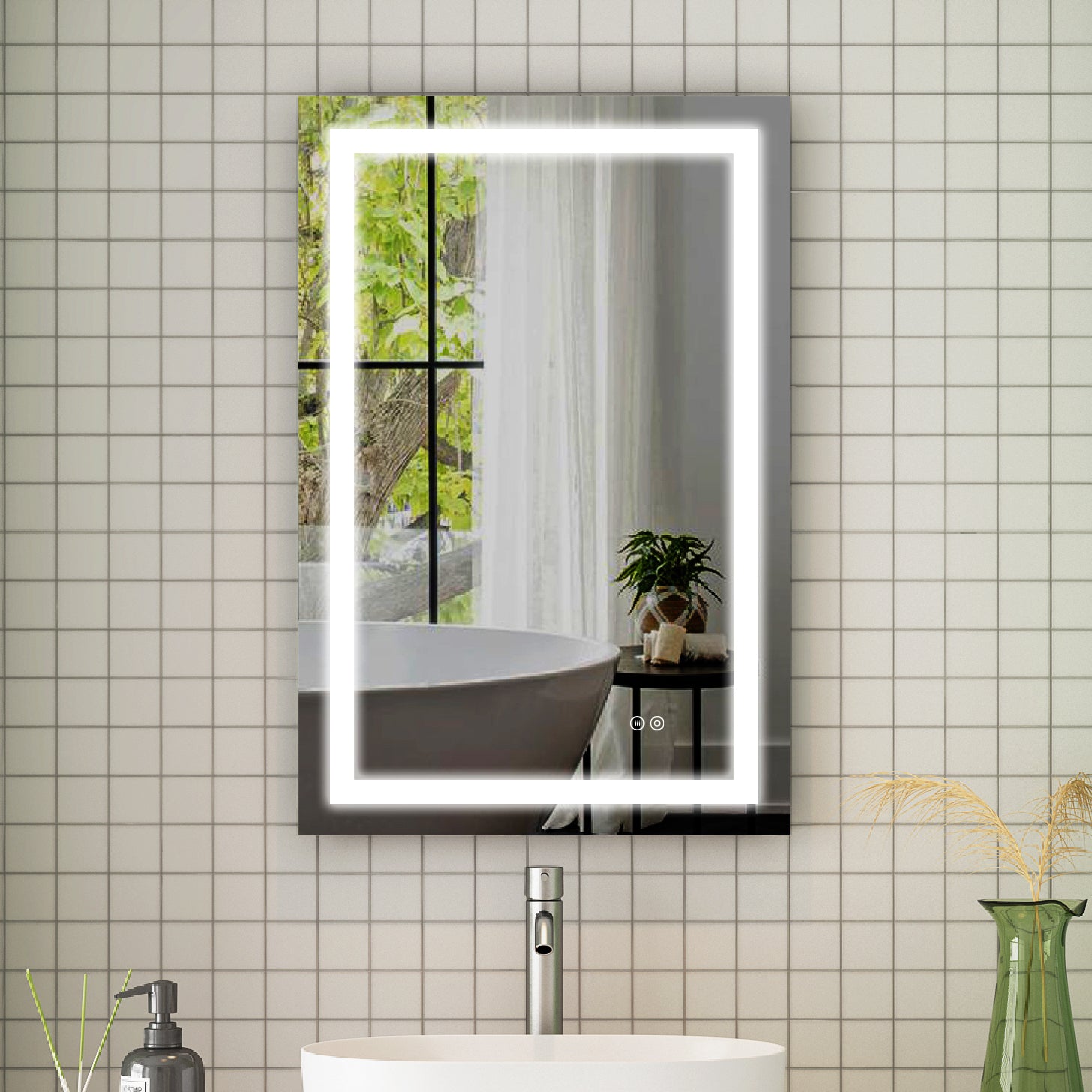

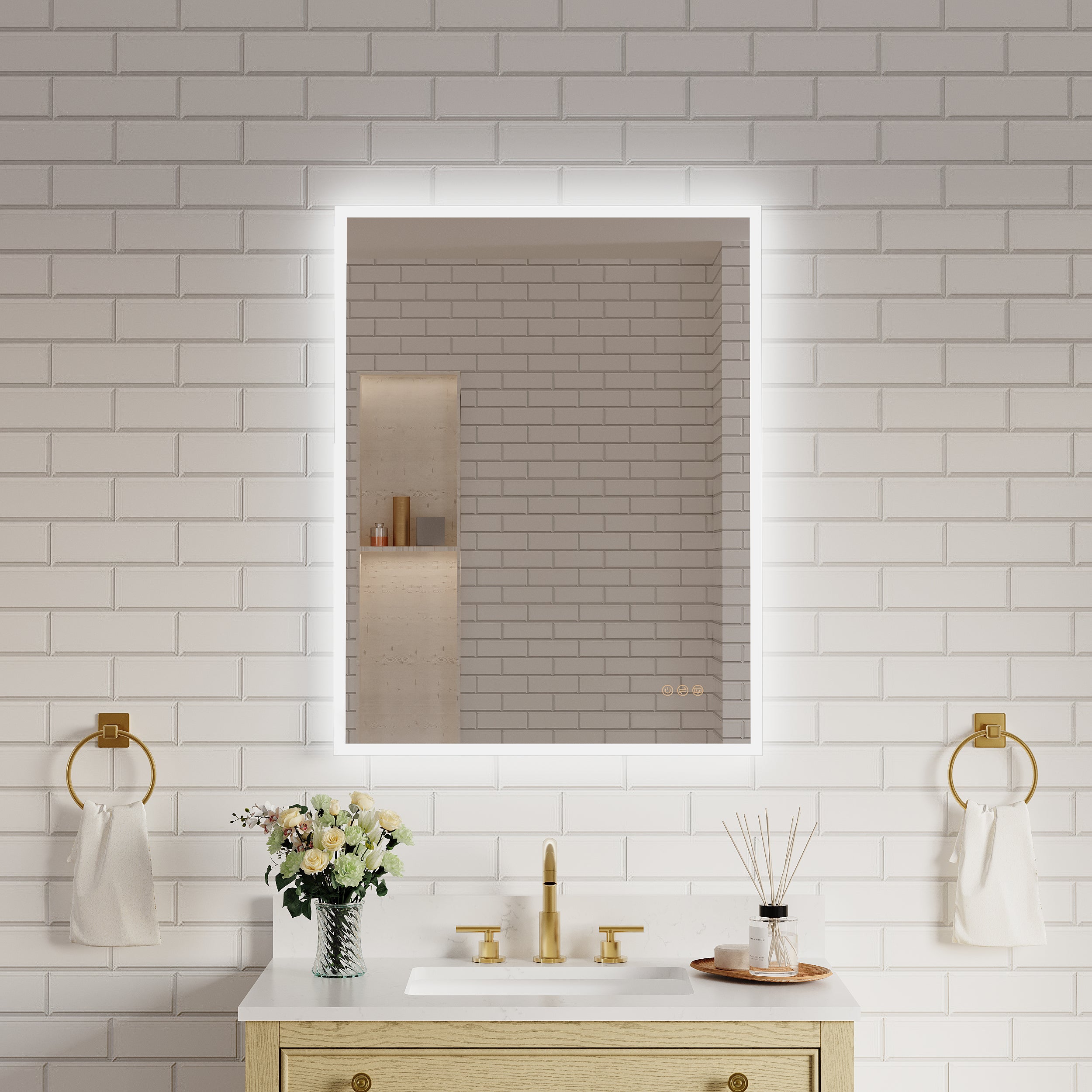

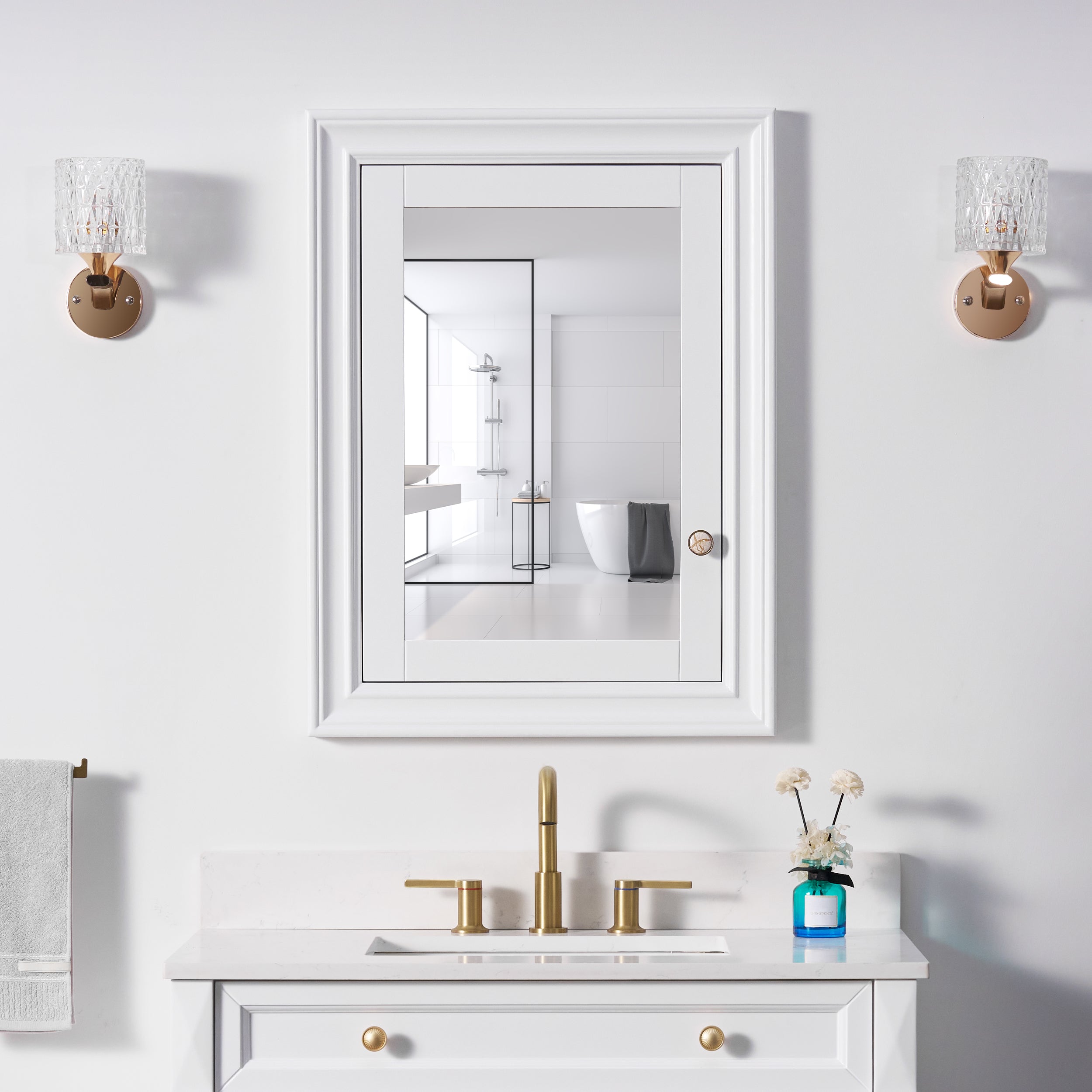
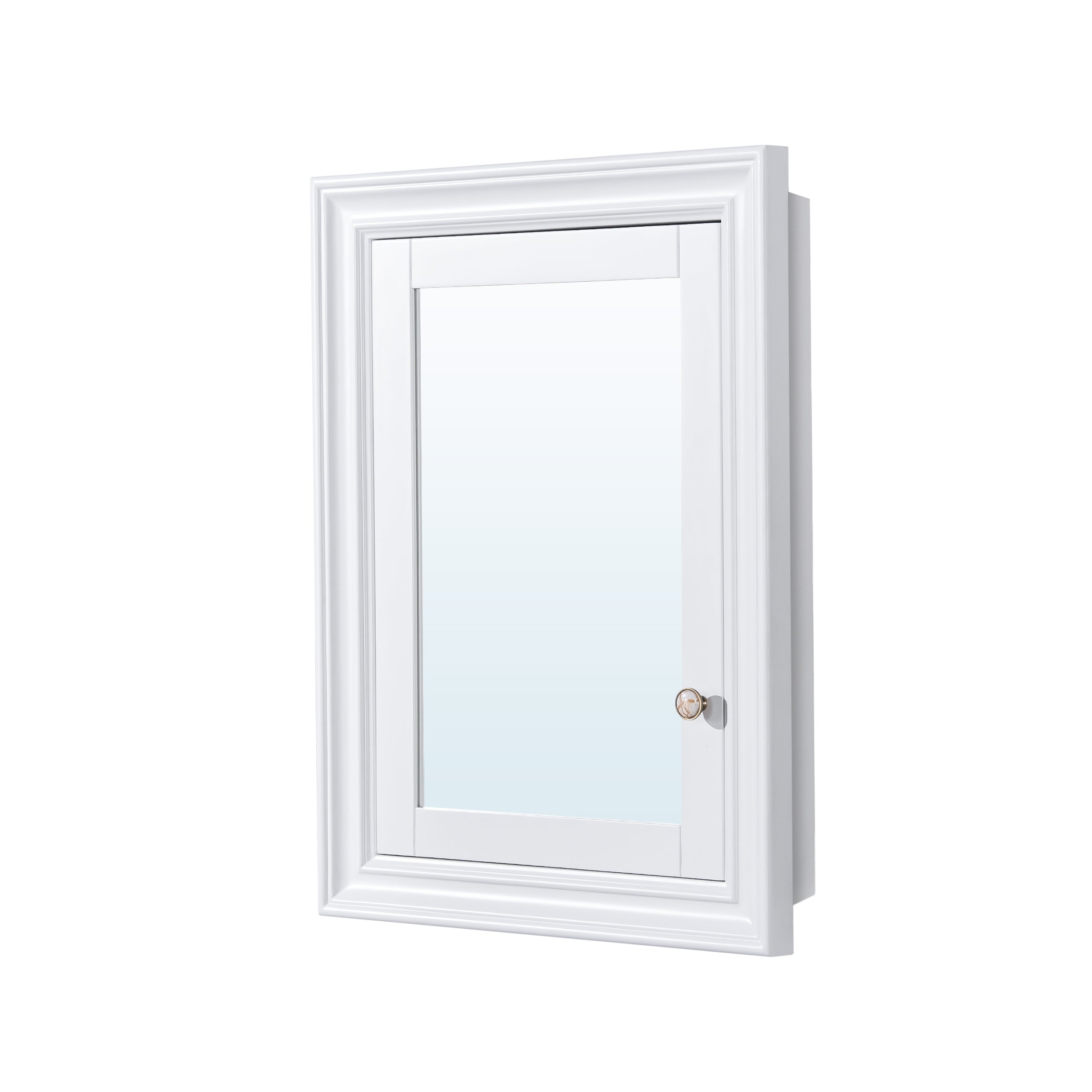
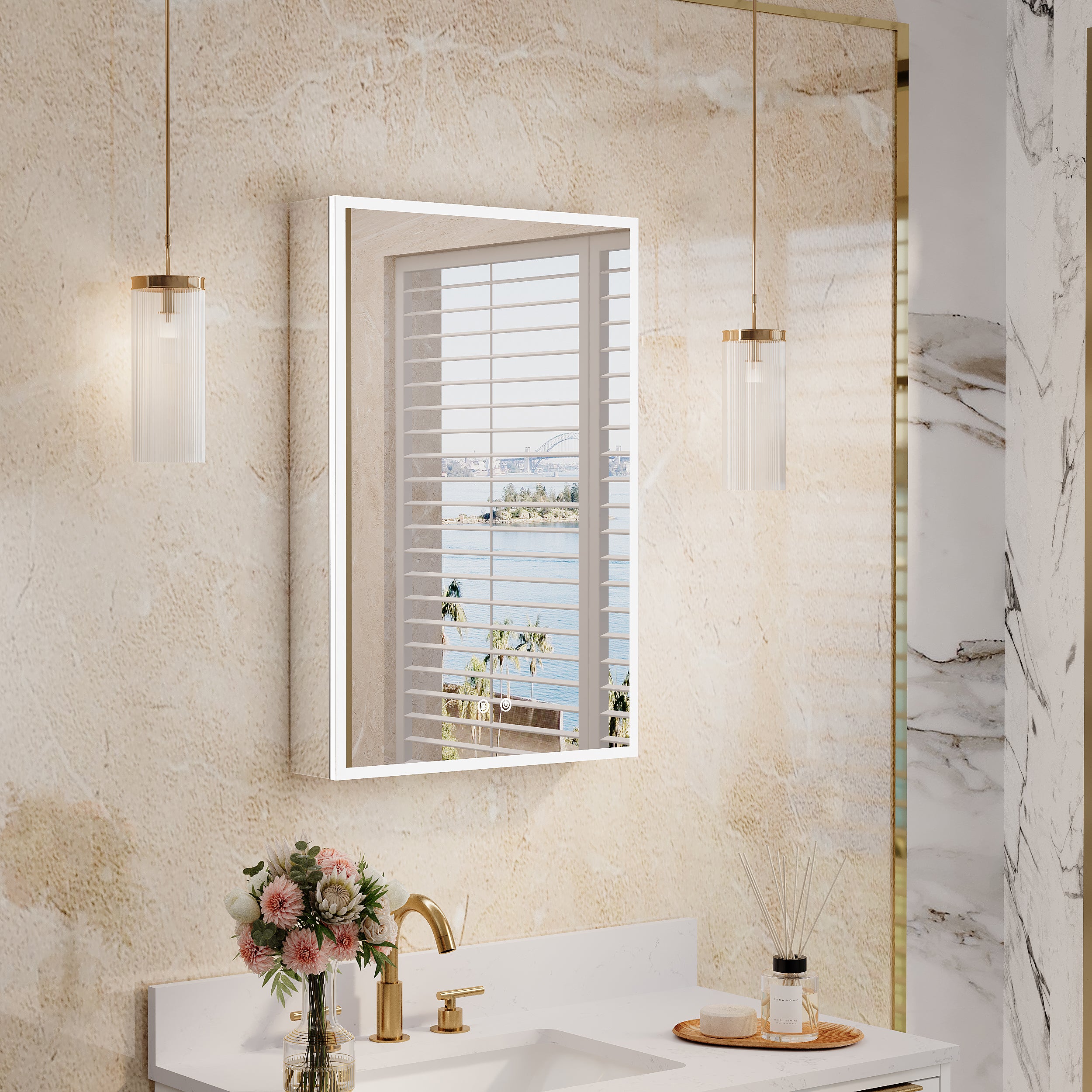
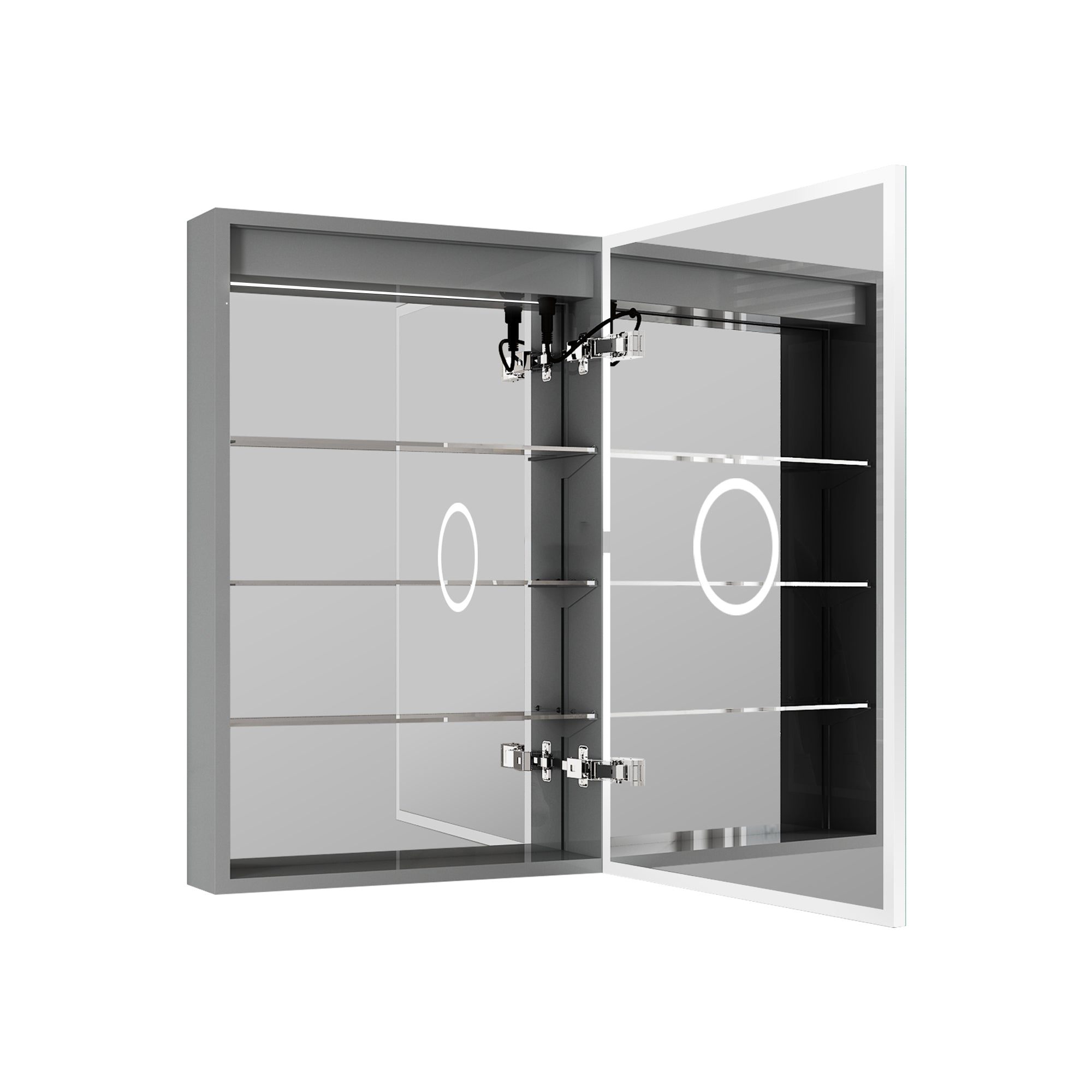
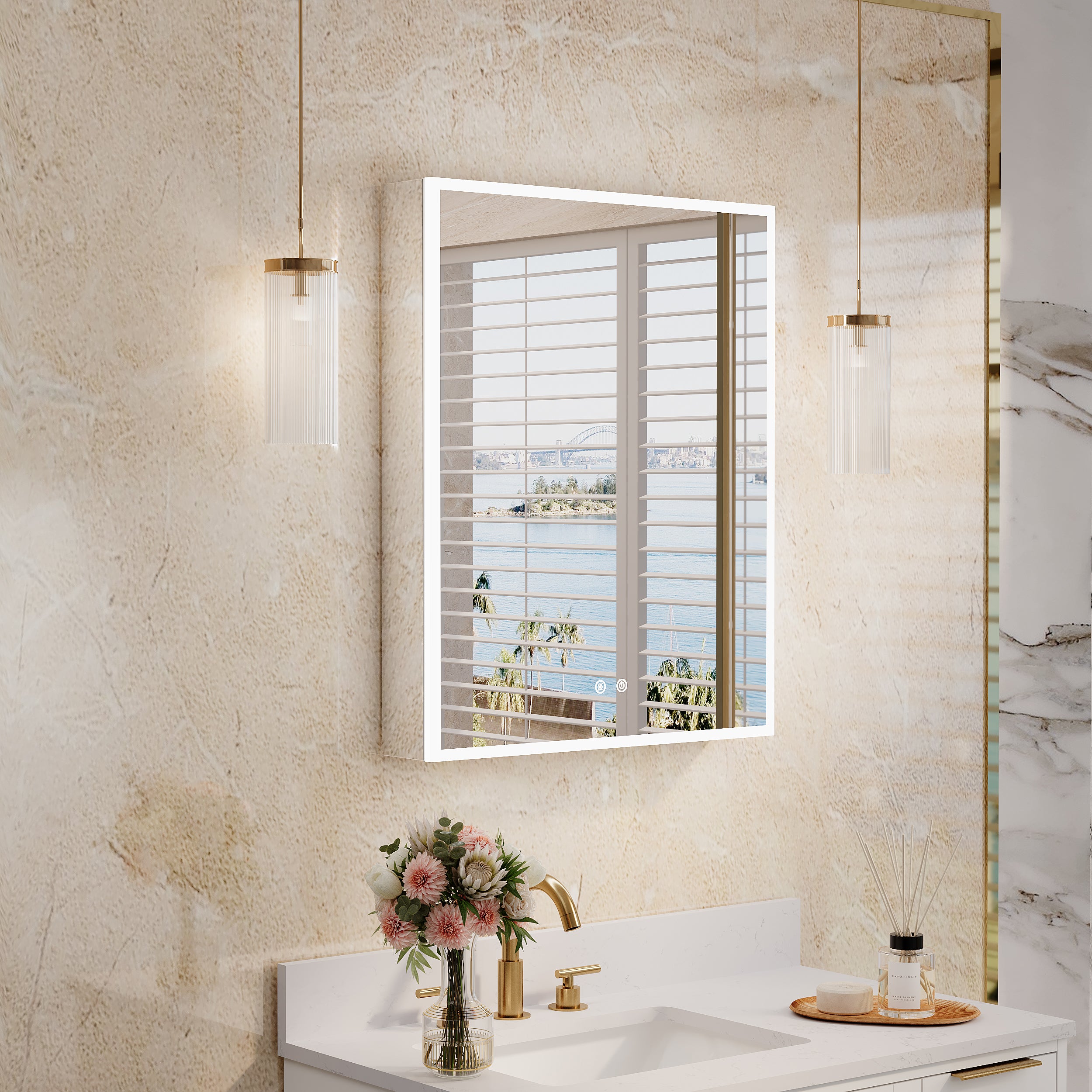
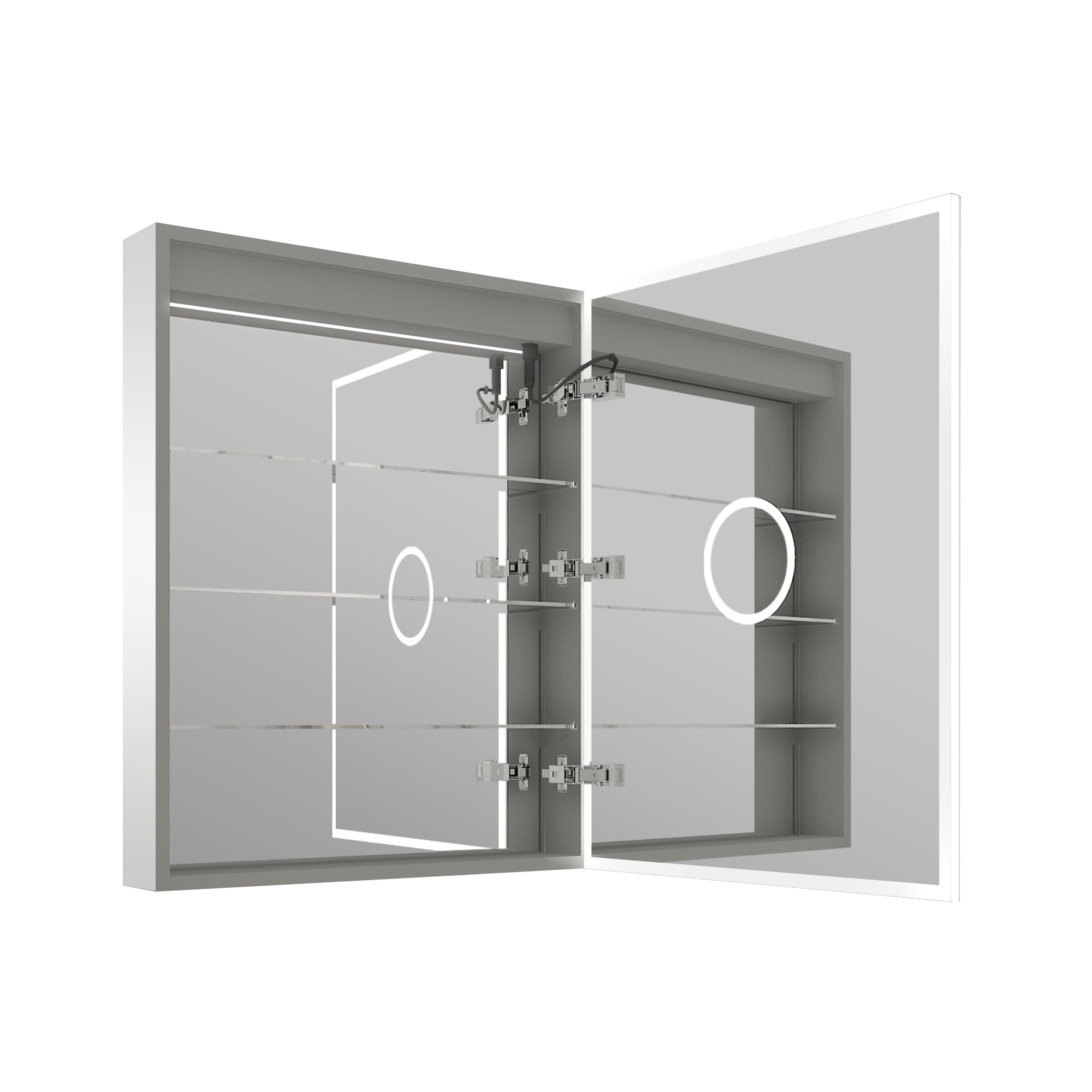
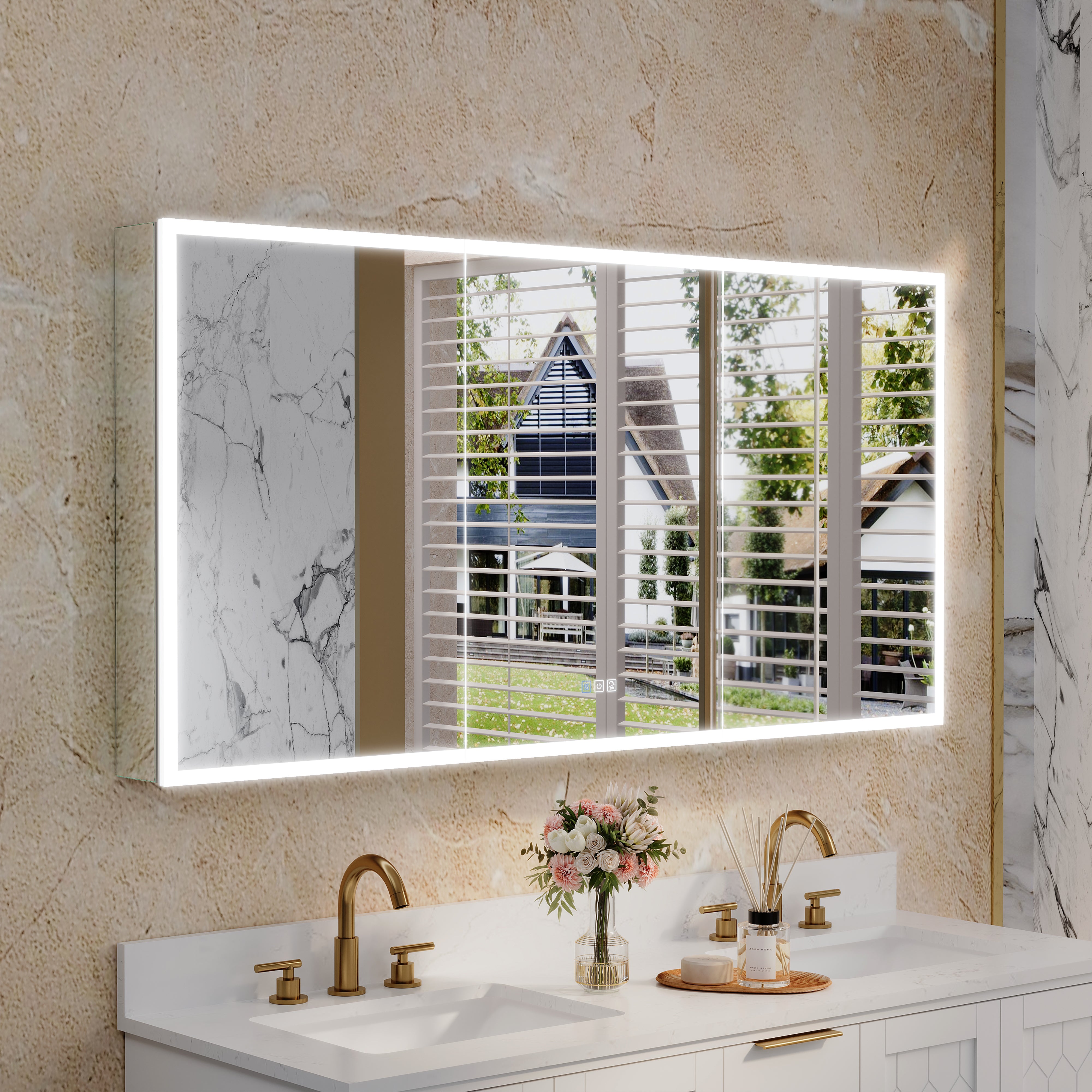

Leave a comment
This site is protected by hCaptcha and the hCaptcha Privacy Policy and Terms of Service apply.